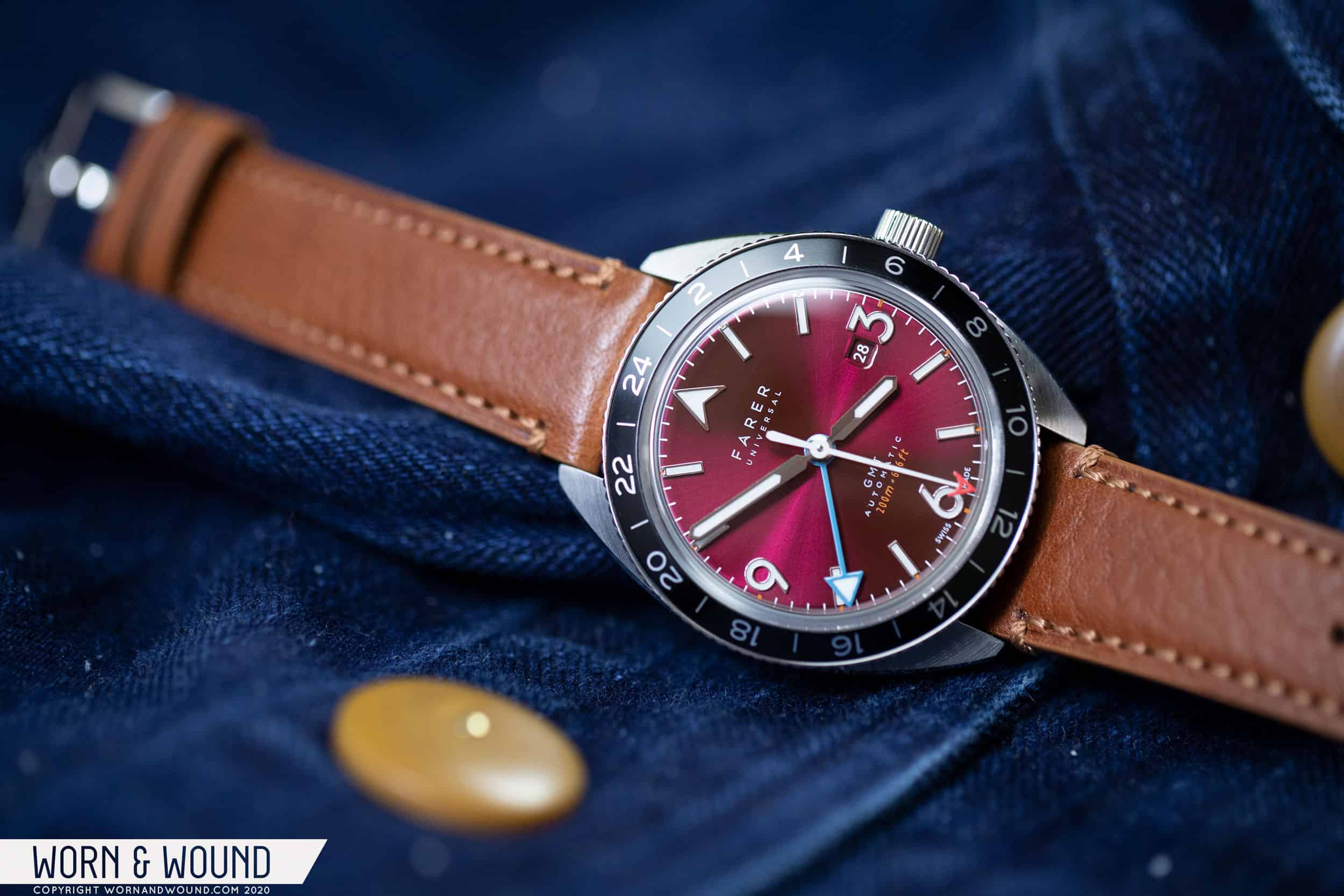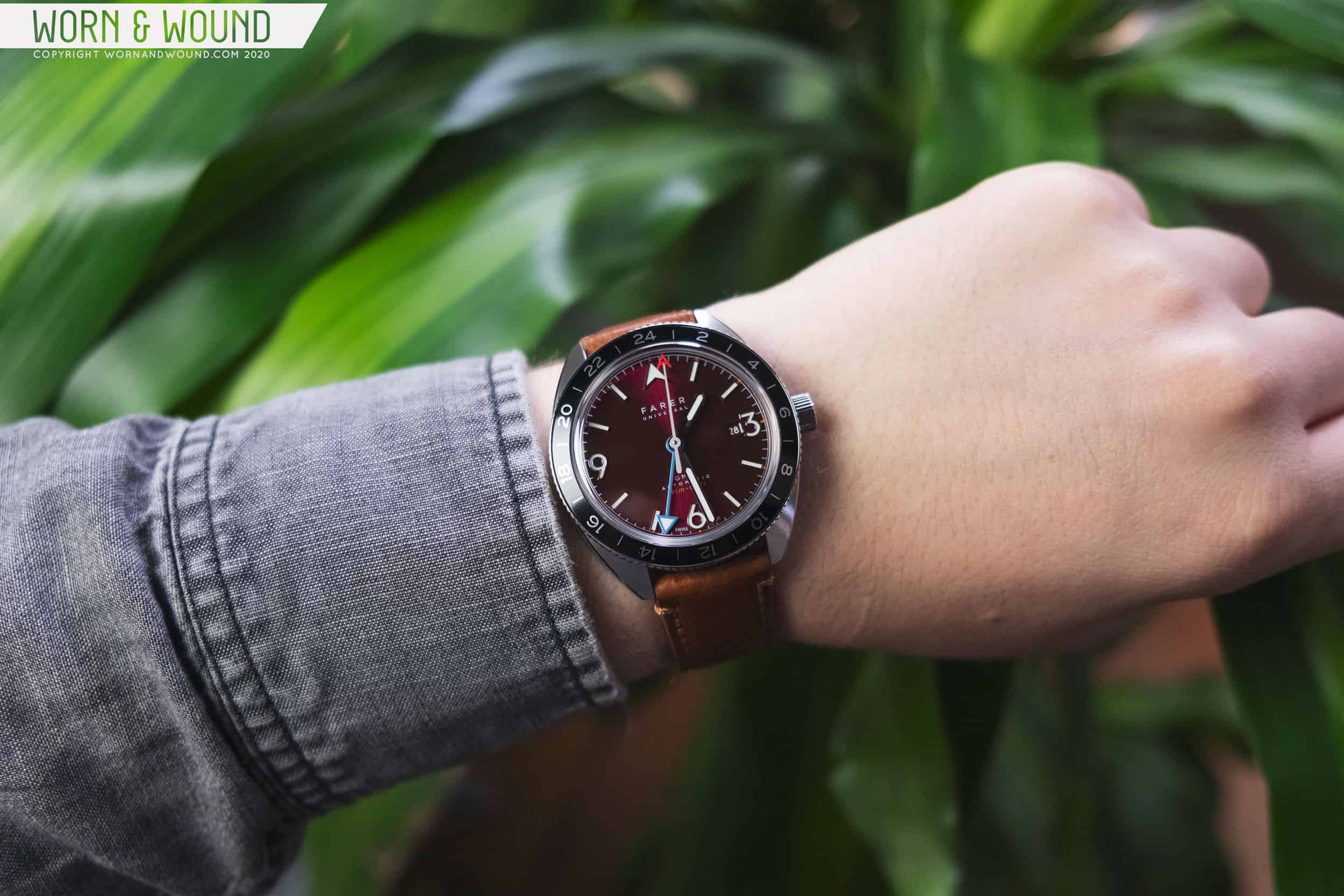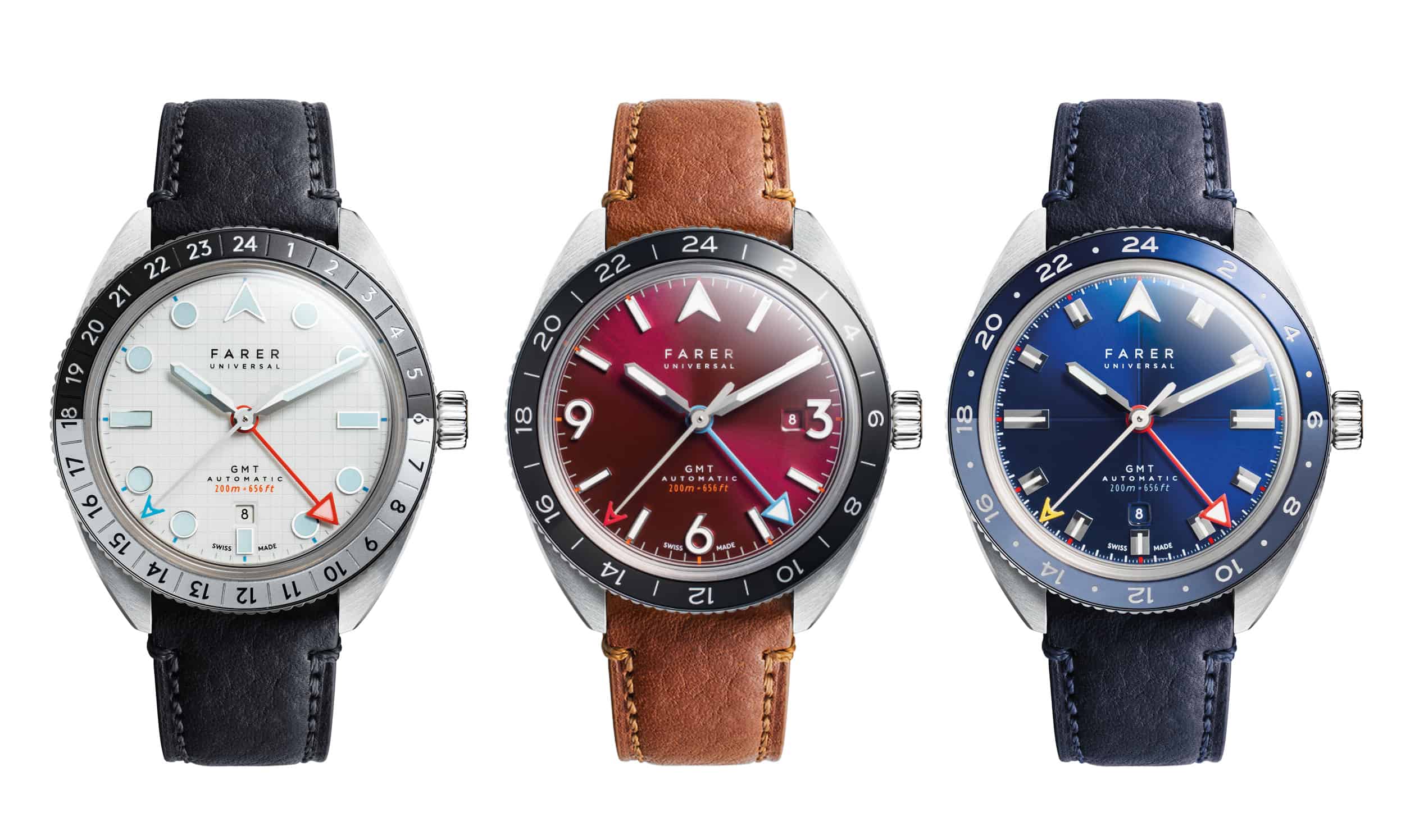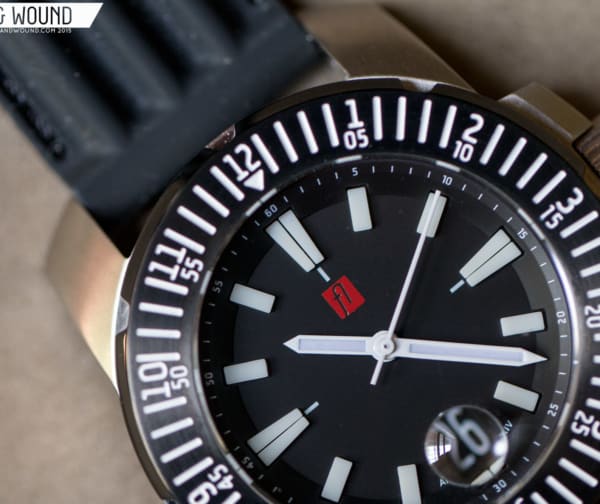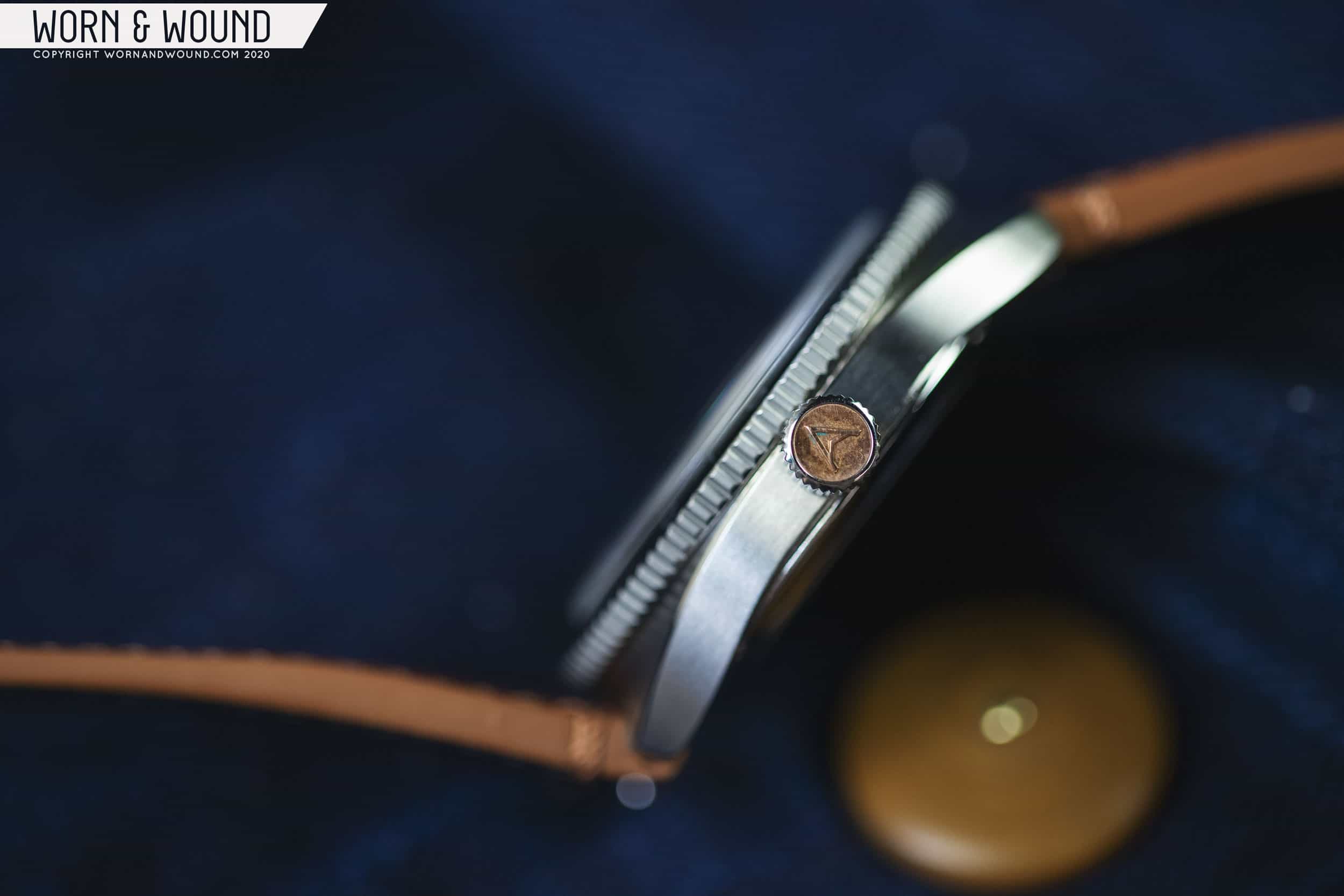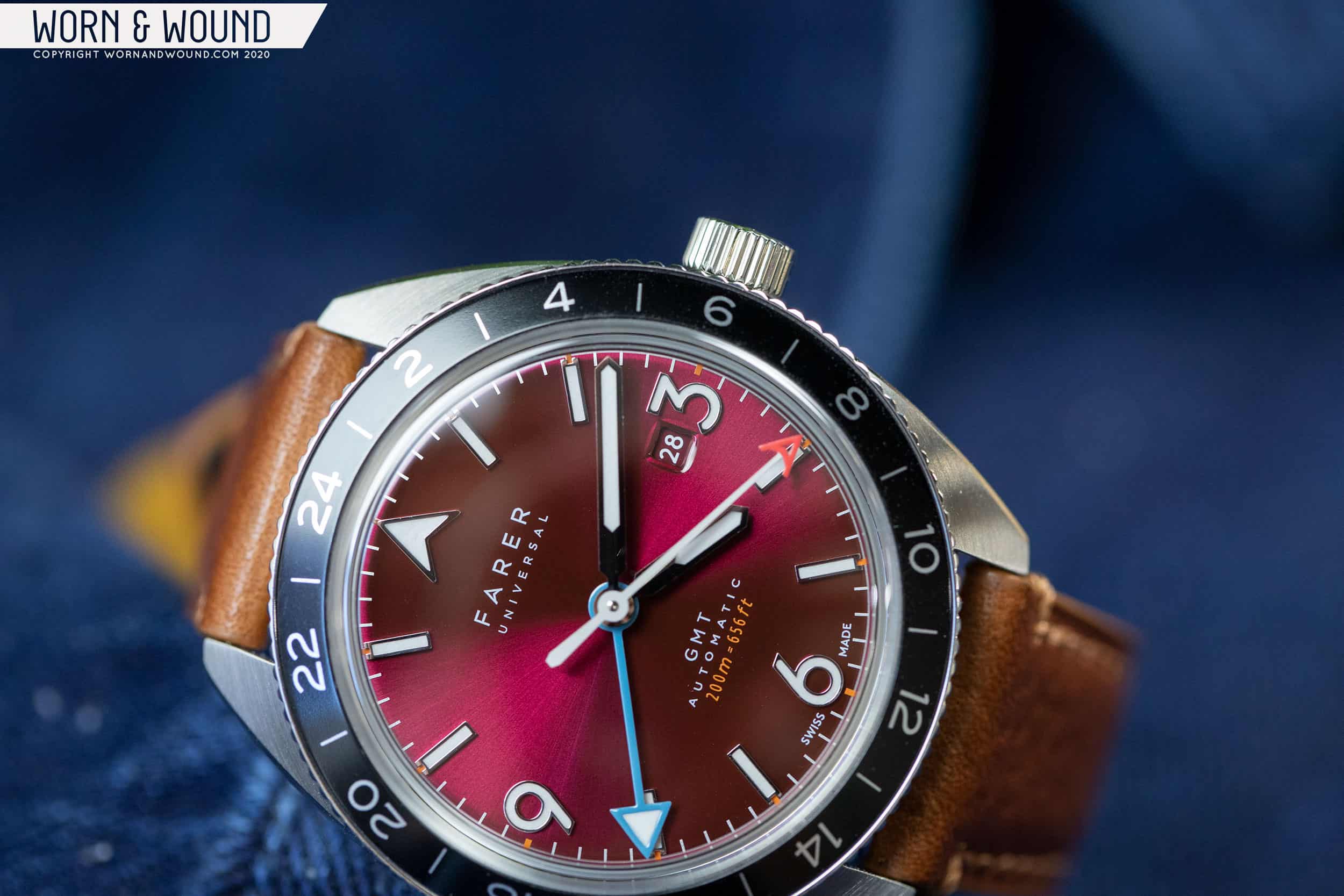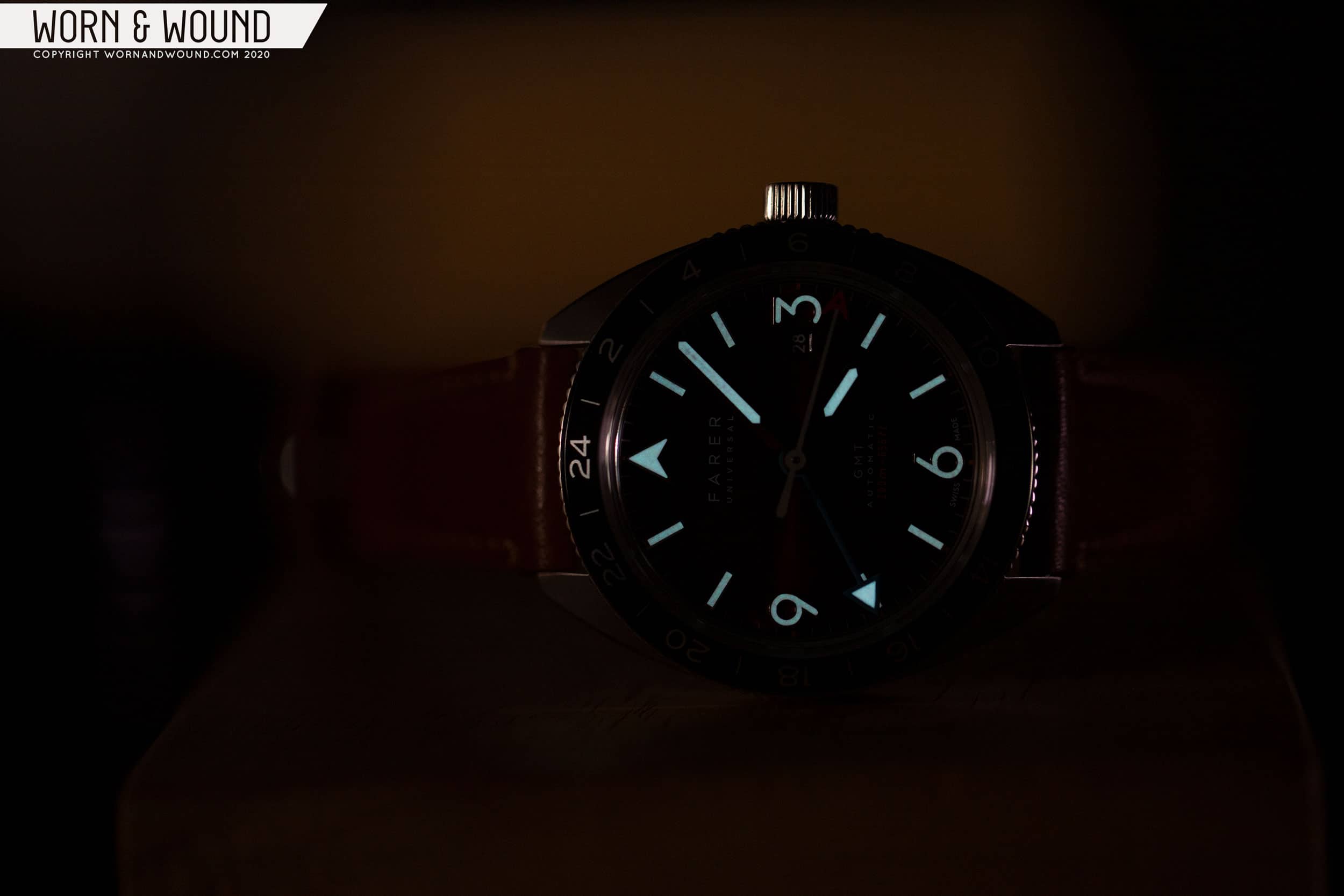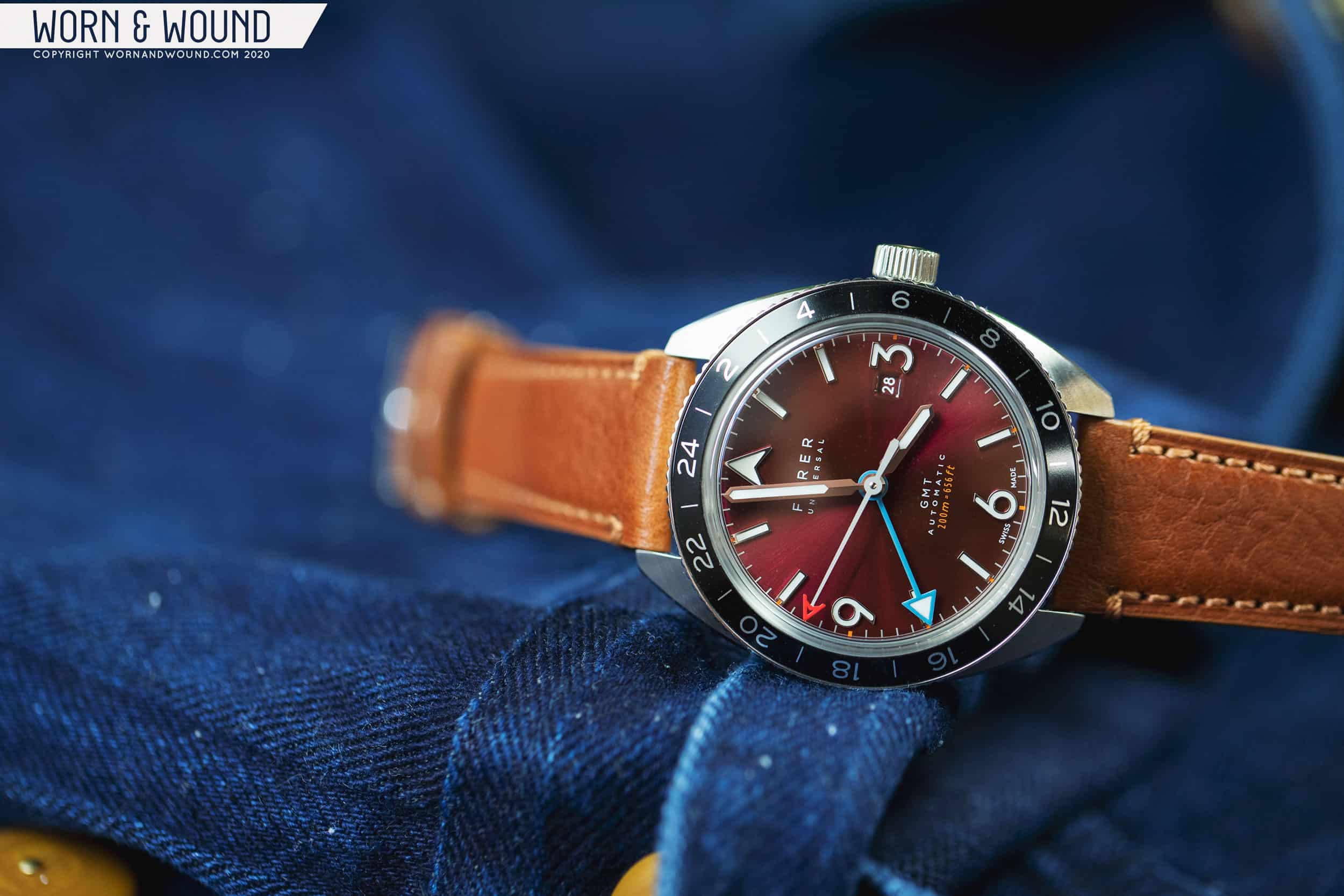If I have one gripe with modern watch designs, it’s that there’s a sense of sameness from one release to the next. In our current climate of watches that owe their very existence to a resurgence in interest in vintage watches of all kinds (but especially sports watches) it’s no wonder that we see so many simple black dialed divers, Pepsi bezels, and so on.
Now, I genuinely enjoy many of these watches. Heck, I own some of them. But as a person who works in the industry and cares about the future of watch enthusiasm, I spend perhaps more time than the average watch wearer wondering about how our current fixation on subdued vintage reissues will impact the hobby. What does the next generation of watch designers draw influence from when the current crop seems to be copy/pasting looks from the golden age of the Swiss sports watch?
Maybe it’s ok, though, that so many of these watches start looking alike to me. Good design is good design. If the Submariner is the “perfect” dive watch, what really is wrong with every watch looking like a Submariner? Unless you’re a hobbyist, perhaps it just doesn’t matter that much.
Well, we are hobbyists. And there’s a lane that’s opened in recent years for design that’s genuinely different. Farer has been on the bleeding edge of that movement since their inception, and have released a series of watches that have contemporary styling and an old time charm, setting themselves apart from other brands in this period of prominence for the vintage reissue. Having never owned a Farer, but getting the chance to handle a number of them at meetups over the last few years as they’ve gained traction, I was excited by the prospect of spending some extended time with the Crooms, from their recently launched GMT Bezel line.









 Featured Videos
Featured Videos




